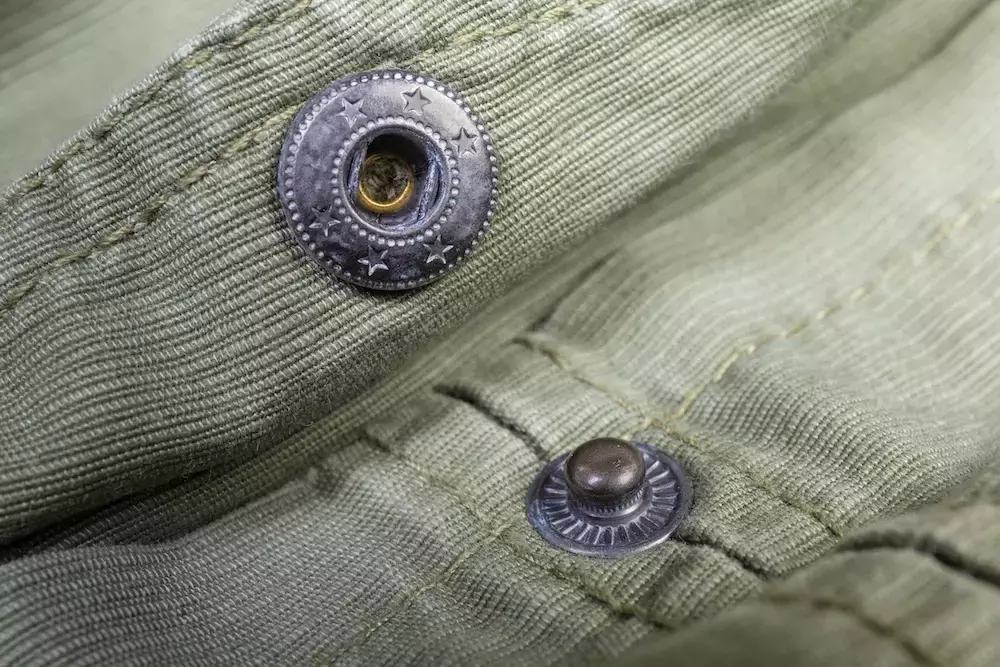Snap fasteners are a common type of fastener composed of four parts, hence the name. They are favored for their easy assembly and disassembly, strong fastening ability, and wide range of applications. This article will provide a detailed introduction to the structure, uses, and installation method of snap fasteners.

I. Structure of Snap Fasteners
Snap fasteners typically consist of the following four parts:
- Cap: The outermost layer, serving a decorative function and providing a pressing point.
- Socket: Features a concave spring structure that locks onto the stud.
- Stud: Fits into the socket’s groove to create a secure fastening.
- Post: The bottommost part, connecting to either the cap or the stud to provide support.
II. Uses of Snap Fasteners
Due to their ease of use and secure fastening, snap fasteners are widely used in the following fields:
- Apparel Industry: Used in coats, shirts, denim wear, children’s clothing, etc., as an alternative to traditional buttons or zippers.
- Leather Goods: Applied in wallets, handbags, and purses to ensure item security.
- Outdoor Equipment: Used in tents, raincoats, backpacks, and similar items for convenient fastening.
- Handicrafts: Commonly found in handmade crafts and DIY accessories.
III. Installation Method for Snap Fasteners
Installing snap fasteners requires specific tools, such as a snap fastener press or pliers. The steps are as follows:
- Mark the Position: Mark the precise points where the snap fastener will be installed on the fabric or leather.
- Punch Holes: Use a hole-punching tool to create holes at the marked points to facilitate installation.
- Attach the Cap and Socket: Place the cap on the front side of the fabric, align the socket on the backside, and press firmly using a tool to secure them.
- Attach the Stud and Post: Similarly, install the stud and post in the corresponding positions and ensure a firm connection.
- Test the Fastening: After installation, test by opening and closing the snap to ensure secure and smooth operation.
IV. Selection and Maintenance of Snap Fasteners
- Selection: Choose high-quality metal or plastic materials to ensure durability, and select the appropriate size and style based on usage needs.
- Maintenance: Avoid prolonged exposure to humid environments to prevent rust; if the snap fastener becomes loose, use a tool to re-secure it.
Conclusion
Snap fasteners play an important role in various industries due to their unique structure and practicality. Mastering their installation and maintenance techniques not only enhances their lifespan but also makes products more aesthetically pleasing and functional.

